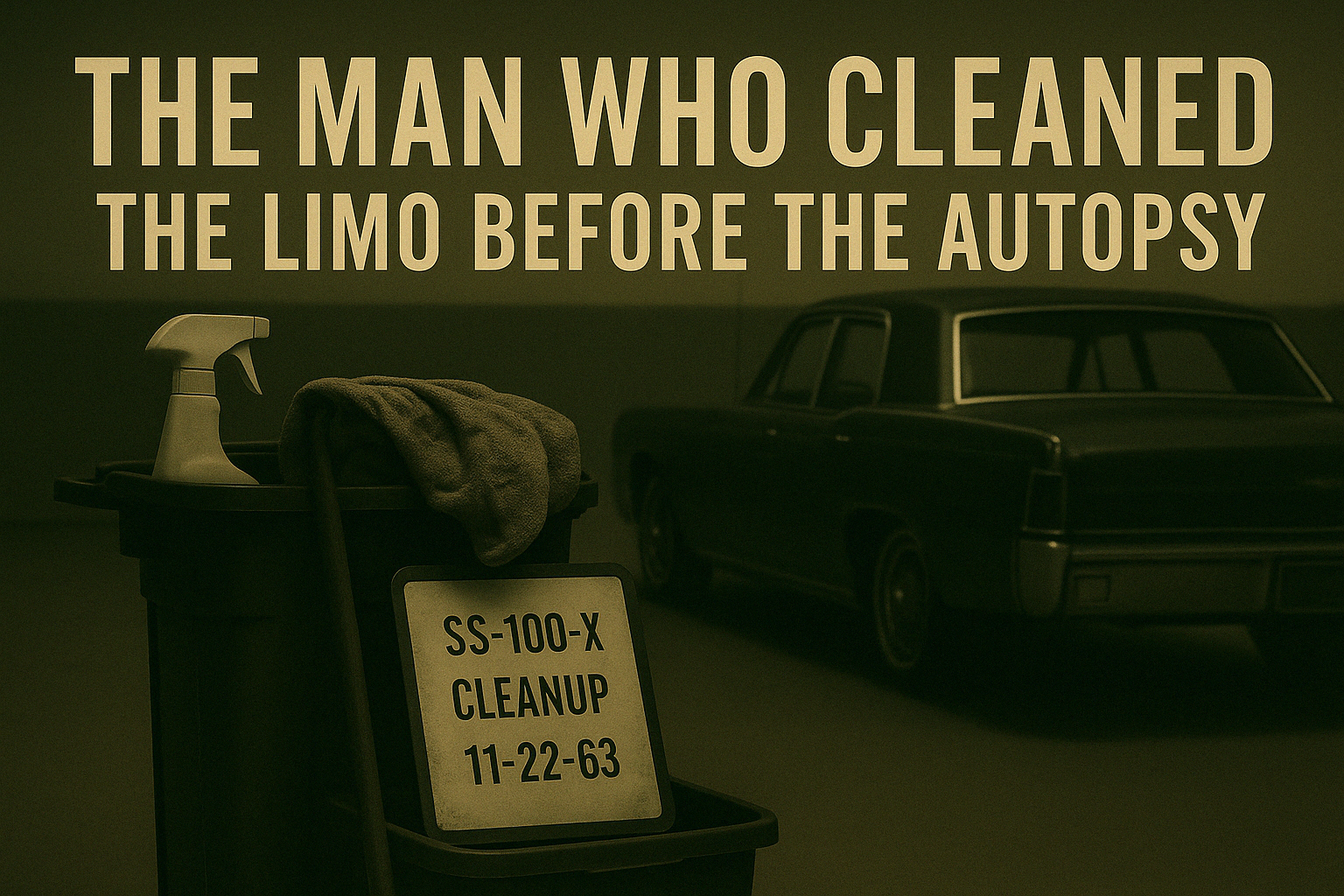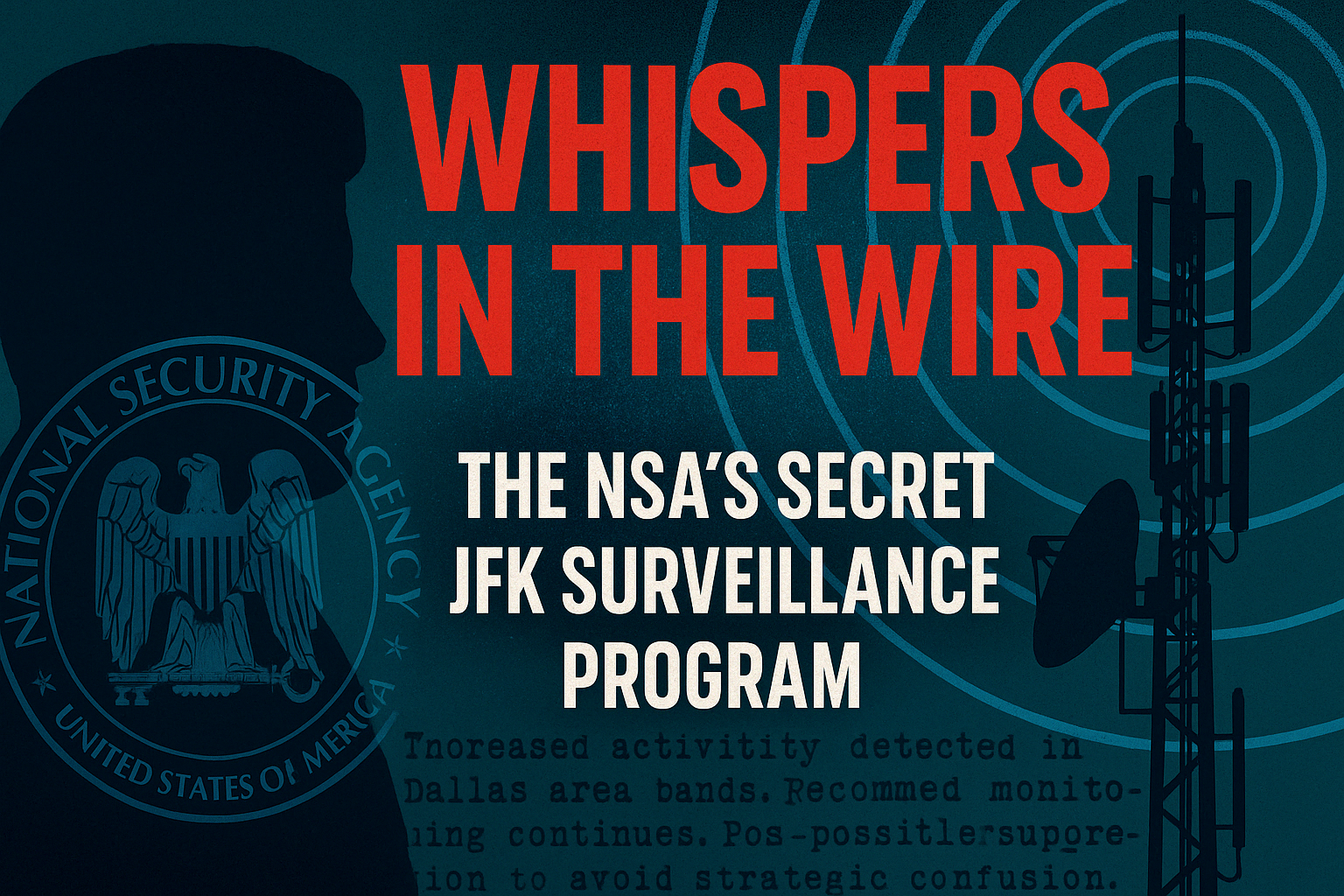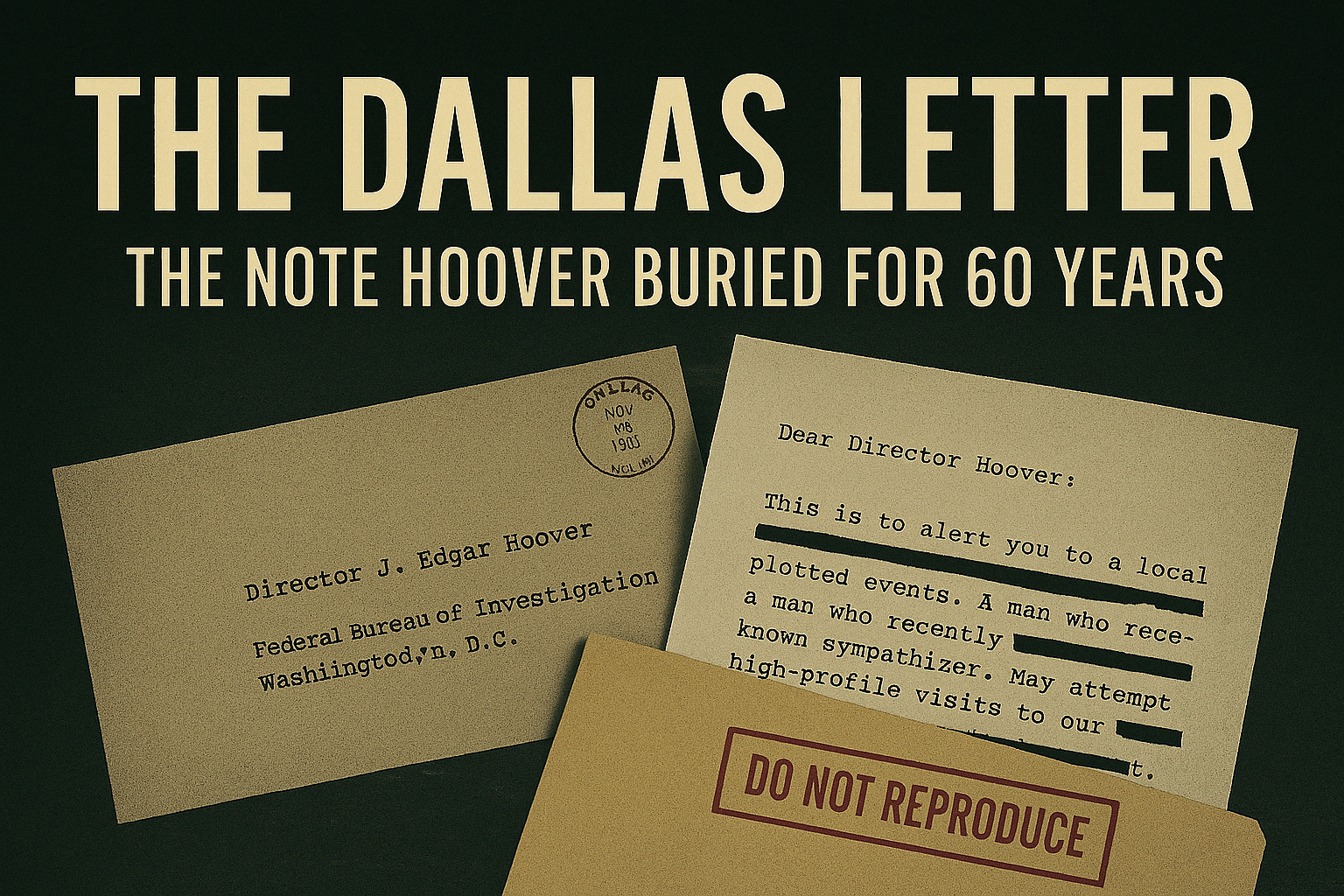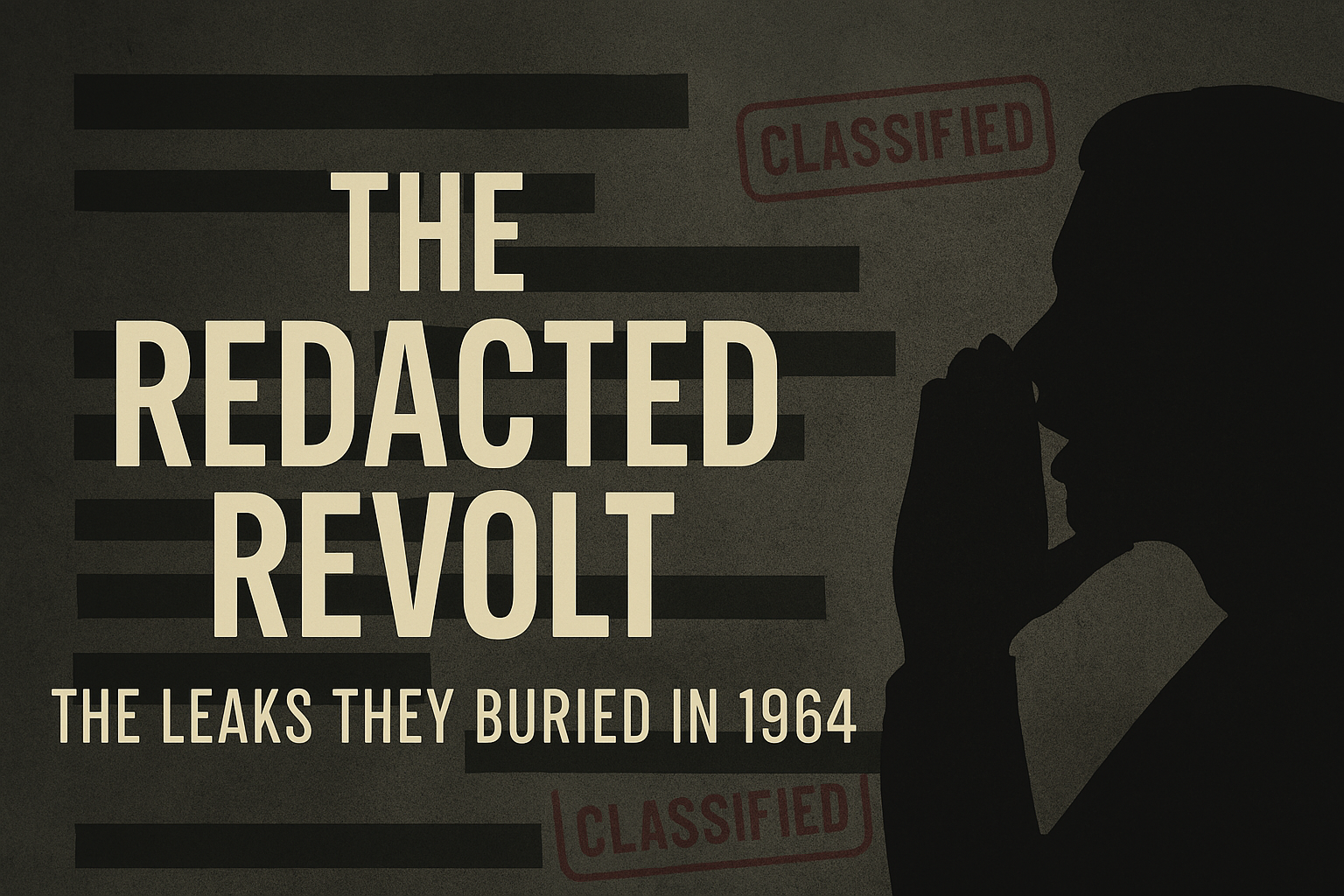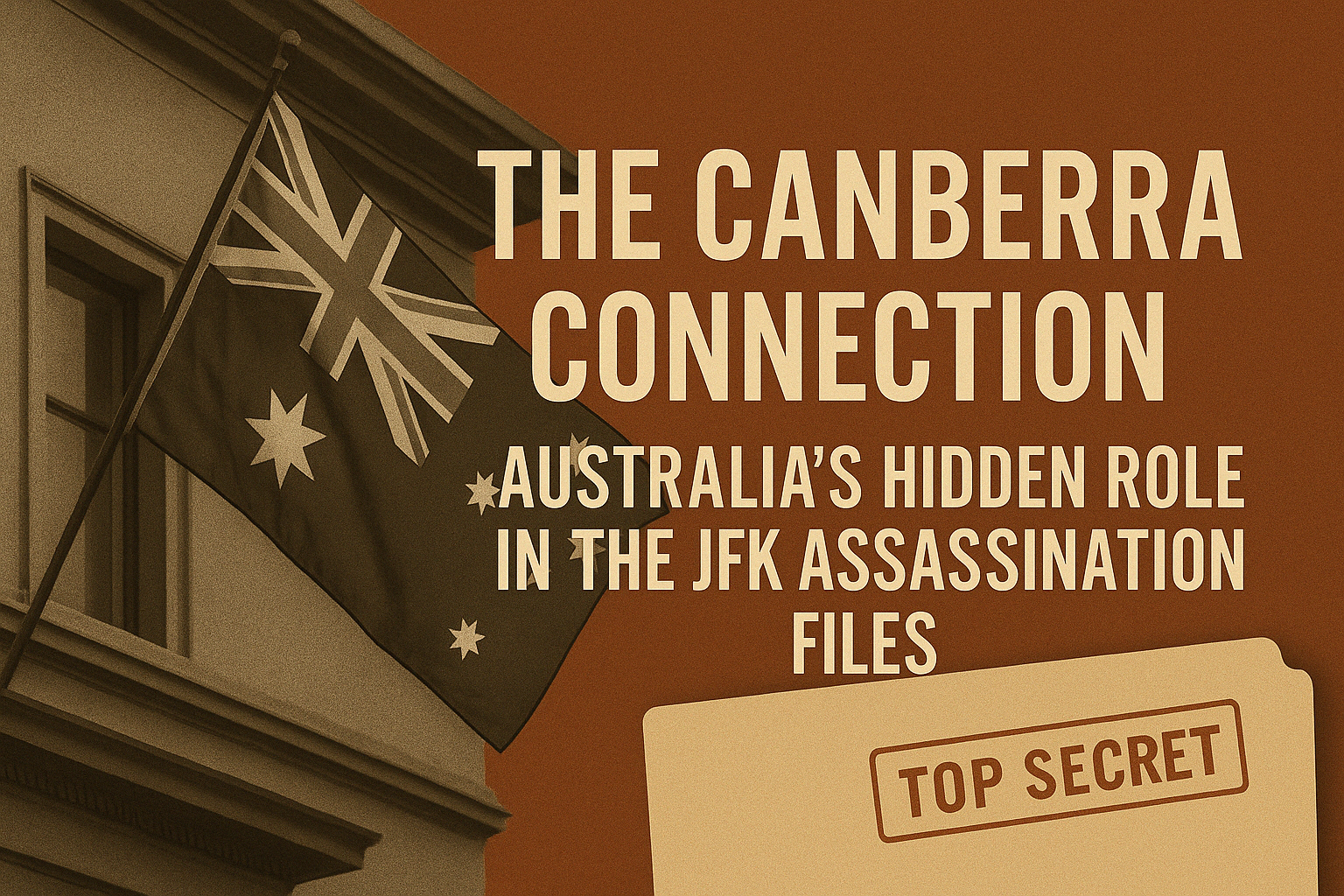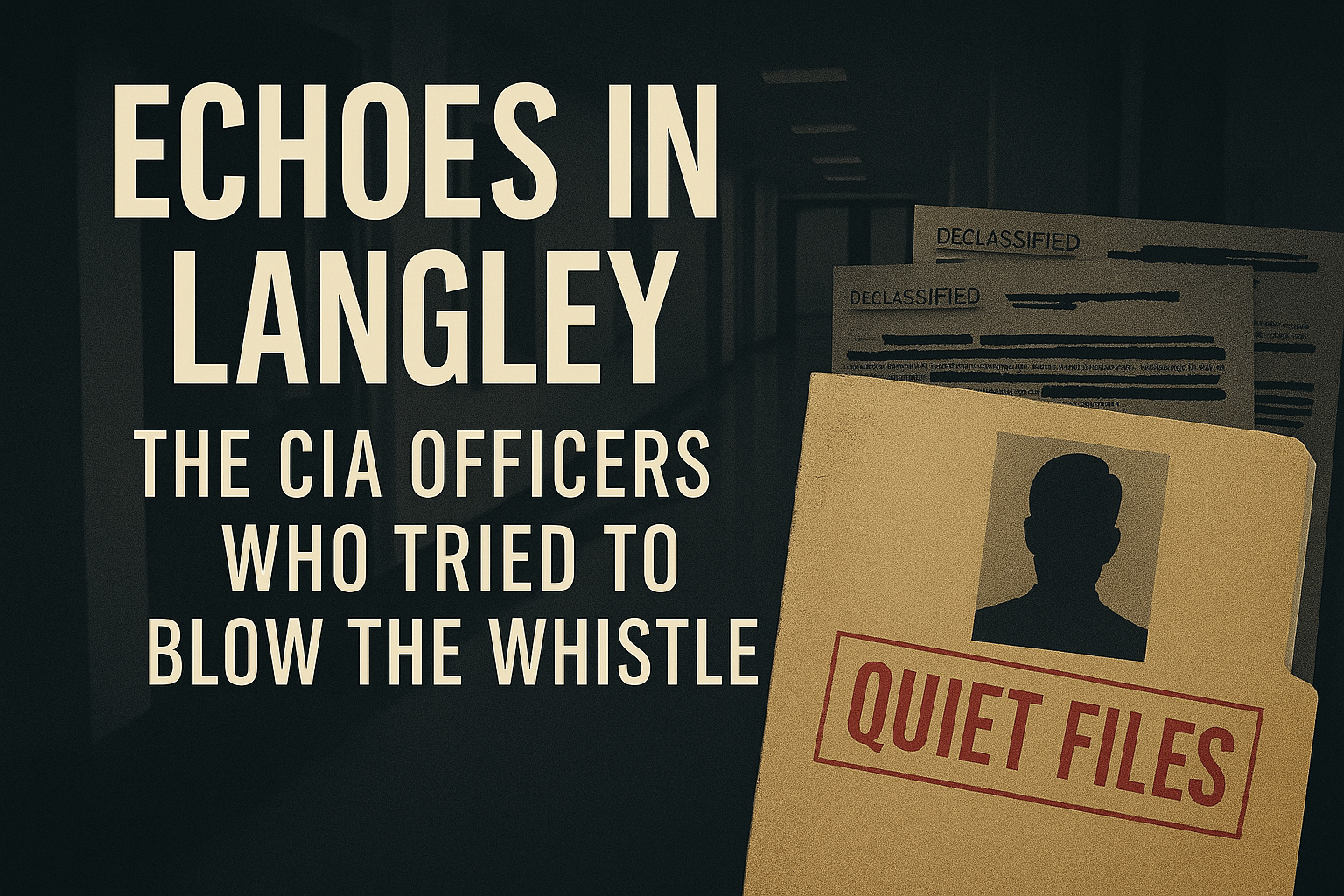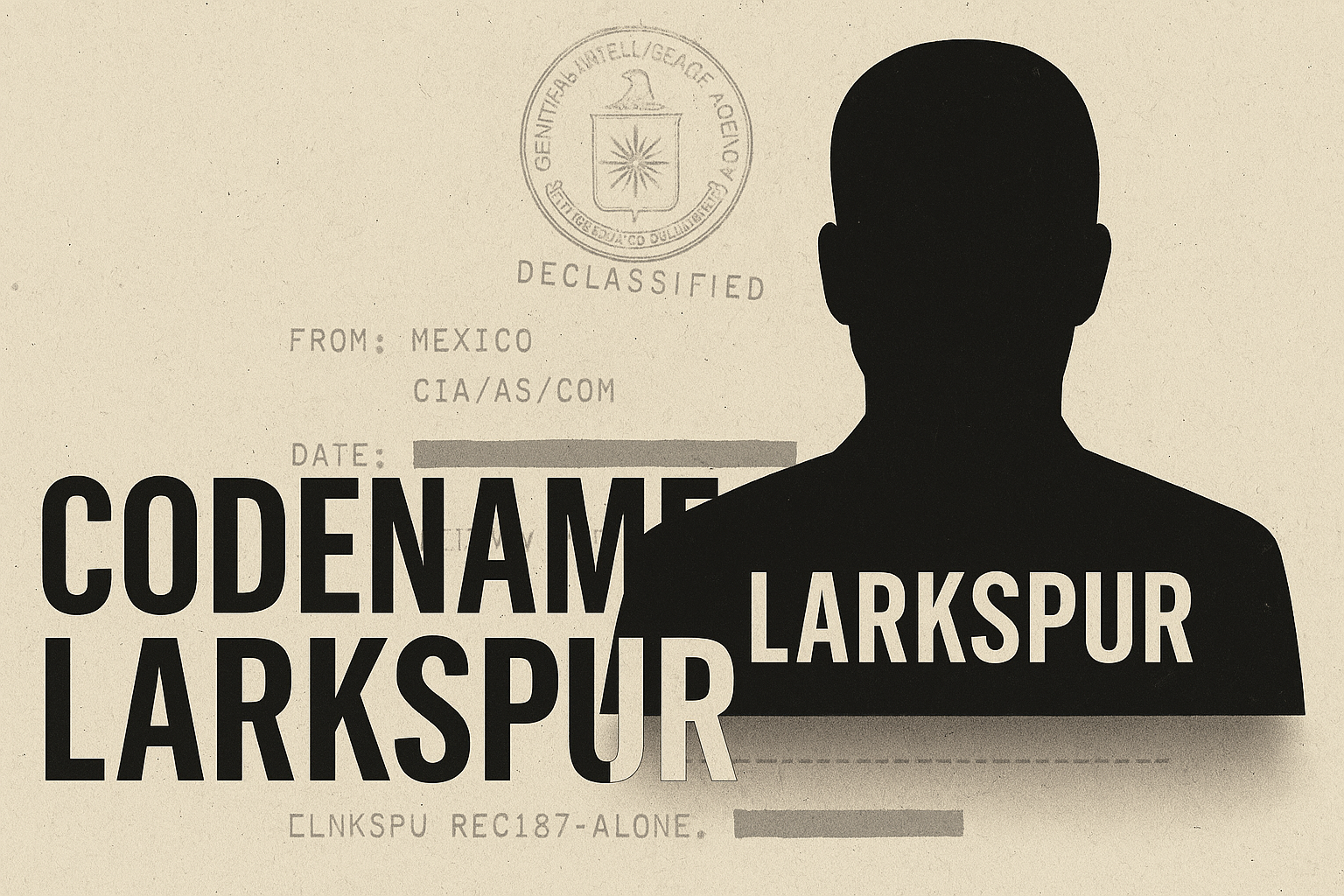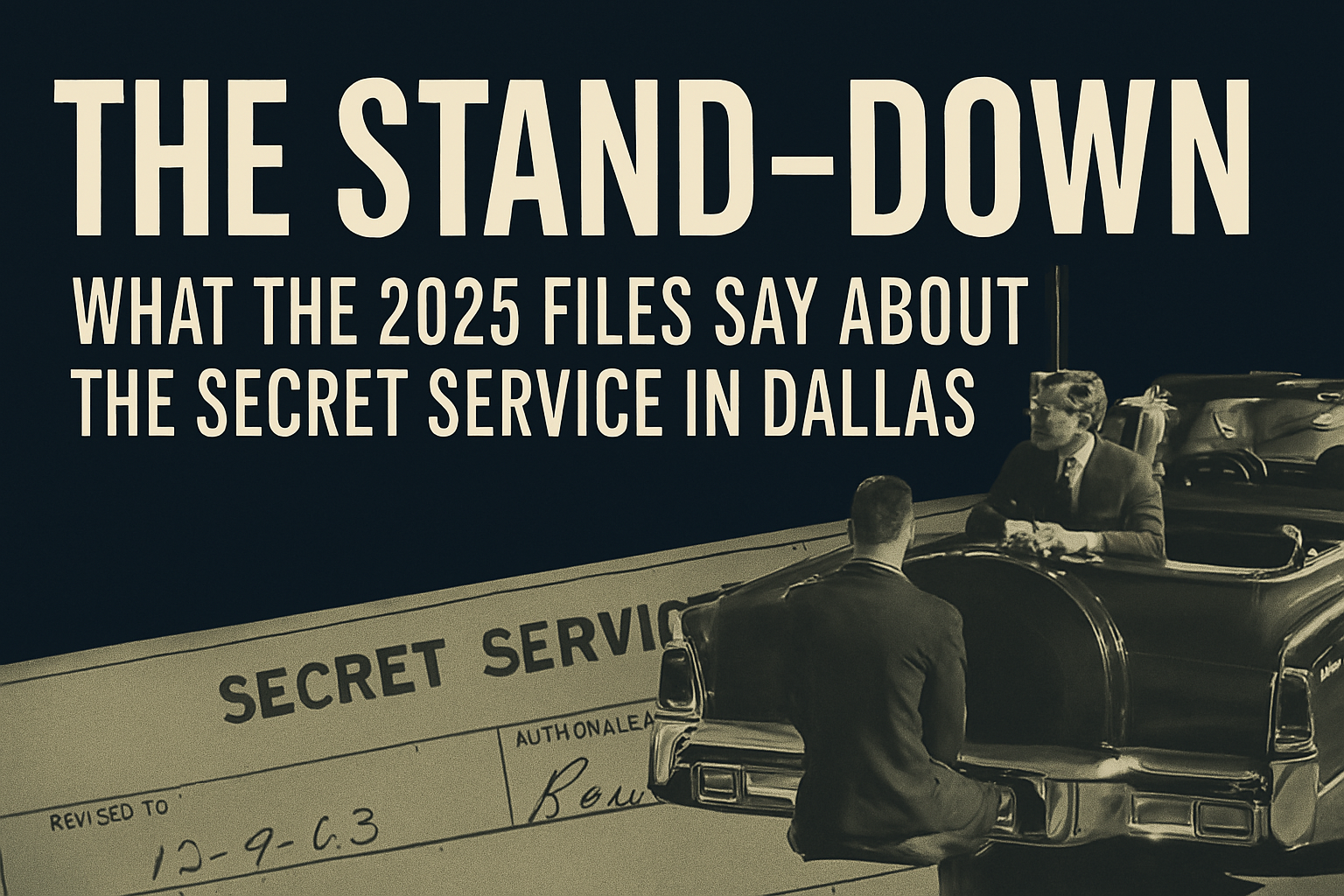They called once. Then again. Both times, they were ignored.
When the JFK files dropped in 2025, most eyes turned to Langley, to Dallas, to Havana.
But buried deep in a document trail long overlooked was a trail of warnings, miscommunications, and political panic that led halfway around the world-to Canberra.
Australia, known more for its beaches than its intelligence operations, turns out to have played a small but significant role in the events surrounding President John F. Kennedy’s assassination.
And for over sixty years, that role was kept quiet-buried under a pile of redactions and diplomatic nods.
It started, as these things often do, with a phone call.
THE FIRST WARNING
On October 15, 1962, a man with a heavy accent called the U.S. Embassy in Canberra. He claimed to be Polish. He also claimed something more dangerous:
“A plot to assassinate President Kennedy is being planned by agents from Iron Curtain countries… A reward of $100,000 has been promised to whoever kills him.”
The embassy typed it up. A classified cable was sent. The Australians were informed. Nothing happened.
Because who would believe a mysterious Polish driver of the Soviet Embassy?
SAME VOICE. DIFFERENT DATE.
On November 23, 1963, just one day after Kennedy was killed in Dallas, the same man called back. This time he didn’t warn of the future-he recounted the present:
“The Russians here in Canberra celebrated last night. There was vodka, cheering. They toasted Kennedy’s death.”
This time, he gave more details. He said he overheard names. He said he saw a suitcase being delivered. He said there was a man involved-an Australian. A man who had recently flown to America.
The call was logged. The CIA received it. ASIO took a copy. Again, no action.
CD-971: THE DOCUMENT THAT DISAPPEARED
The two phone calls were eventually compiled into a document labeled CD-971. It was meant to be reviewed by the Warren Commission. It never was.
Instead, the document was sealed. Australia requested it be buried. CIA agreed.
For decades, CD-971 was classified not for national security-but for diplomatic embarrassment.
And now, thanks to the 2025 release, we know why.
THE SPRY-HELMS EXCHANGE
Sir Charles Spry was no amateur. The head of ASIO from 1950 to 1970, he was fiercely anti-Communist, secretive, and close with the CIA. When he saw CD-971 on a release list in 1968, he panicked.
He wrote directly to Richard Helms, then Director of Central Intelligence. The letter, now declassified, is careful but clear:
“The disclosure of this document risks compromising operations, methods, and facilities that neither of our nations would wish made public…”
Translated? If this gets out, everyone will know there’s a CIA base in Canberra. And that ASIO helped suppress a lead on JFK’s assassination.
Helms agreed. CD-971 stayed sealed.
WHY IT MATTERS
You could argue that the calls were fake. That the man was drunk, or delusional, or fabricating stories for attention. ASIO certainly did.
But here’s what matters: He called before the assassination. Then again after. He gave names. He gave descriptions. He mentioned movements.
And both the U.S. and Australia chose to say: nothing to see here.
INTELLIGENCE BY OMISSION
ASIO’s internal memos show clear discomfort. A March 1964 file noted:
“While the veracity of the caller is in doubt, the timeline and content suggest further inquiry may have been warranted.”
But no inquiry happened. In fact, according to a now-declassified cable, ASIO instructed the U.S. Embassy to treat the matter as “closed unless new information is presented.”
The Americans complied.
WHY KEEP IT SECRET?
There are two theories.
One: The call was real. ASIO and the CIA buried it because they missed it. Embarrassment is a powerful silencer.
Two: The call pointed too close to something real. A suitcase. A man flying to Dallas. Soviet Embassy staff cheering. Too much heat.
Either way, CD-971 vanished from the conversation for over half a century.
THE 2025 REVELATIONS
When the Biden-Trump executive order (yes, you read that right) led to the full declassification of all JFK records in 2025, CD-971 resurfaced.
Along with it: six other documents referencing “ASIO–CIA liaison protocols” and “international lead suppression.”
One of those included a curious postscript:
“Australia expresses ongoing concern about being named in assassination-related materials.”
Another included a memo from 1969, in which an American diplomat in Canberra warns:
“There is a risk that anti-war elements or press in Australia will connect the embassy calls to the broader narrative of intelligence failures in Dallas.”
They never did. Until now.
WHO WAS THE CALLER?
We still don’t know. But the CIA’s internal analysis, included in the 2025 release, speculates he may have been a Soviet defector-or a double agent.
One field report from 1963 even lists a “Polish-national chauffeur” suspected of leaking information.
Another memo suggests he may have been part of a disinformation campaign.
Which begs the question: If he was a Soviet plant… why hide it?
THE SILENCE DOWN UNDER
ASIO has remained characteristically tight-lipped. Even after the 2025 declassification, no Australian official has publicly commented on CD-971.
But internal Department of Foreign Affairs memos now released show that Australia was briefed in 1976 that CD-971 “could eventually be made public.”
Their recommendation? Delay, deflect, deny.
WHAT ELSE IS MISSING?
CD-971 is a flashpoint not because of what it says-but what it implies.
That allied nations were involved, however lightly, in shaping the official story.
That intelligence-sharing agreements extended to mutually agreed suppression.
That leads-even bizarre ones-were buried not after being debunked, but before being explored.
A GLOBAL COVER-UP?
No. But a global embarrassment? Absolutely.
Australia didn’t kill Kennedy. But they might have had a clue. And rather than face scrutiny, they closed the file.
Just like the CIA. Just like the FBI. Just like the Warren Commission.
AND THEN WHAT?
The man who called never surfaced again. The alleged suitcase? Never found. The Australian traveler to Dallas? Never identified.
But the idea that a random man in Canberra might have known something-something the intelligence community didn’t want known-has now been written back into history.
Because thanks to the 2025 files, CD-971 is no longer buried.
It’s public.
And that changes everything.
